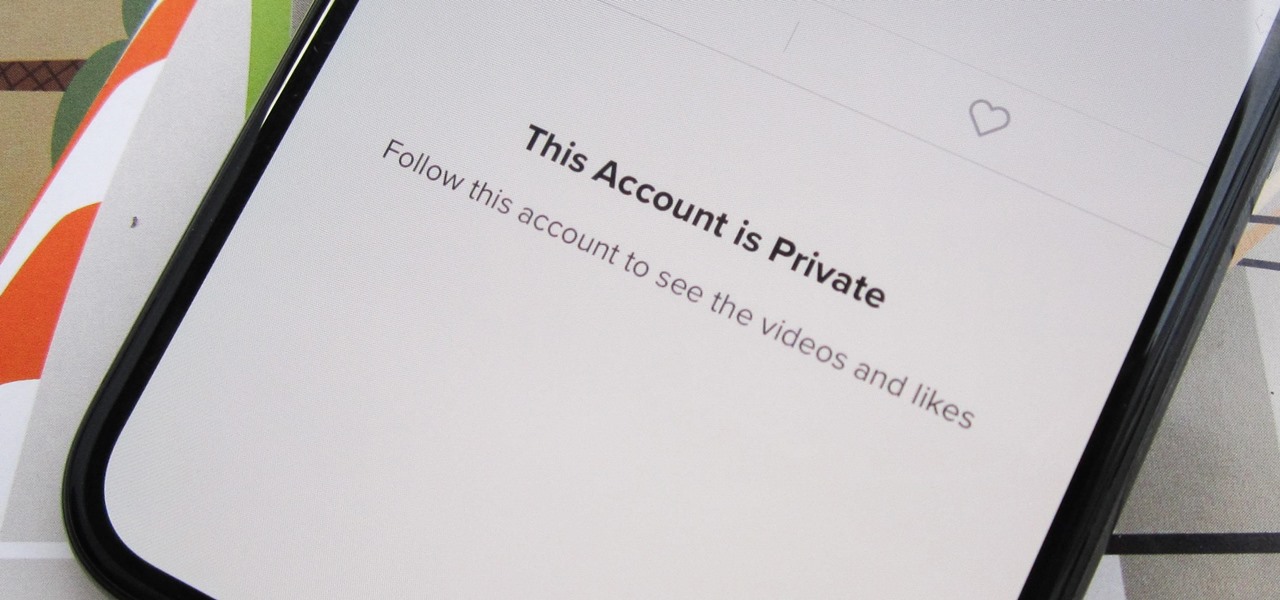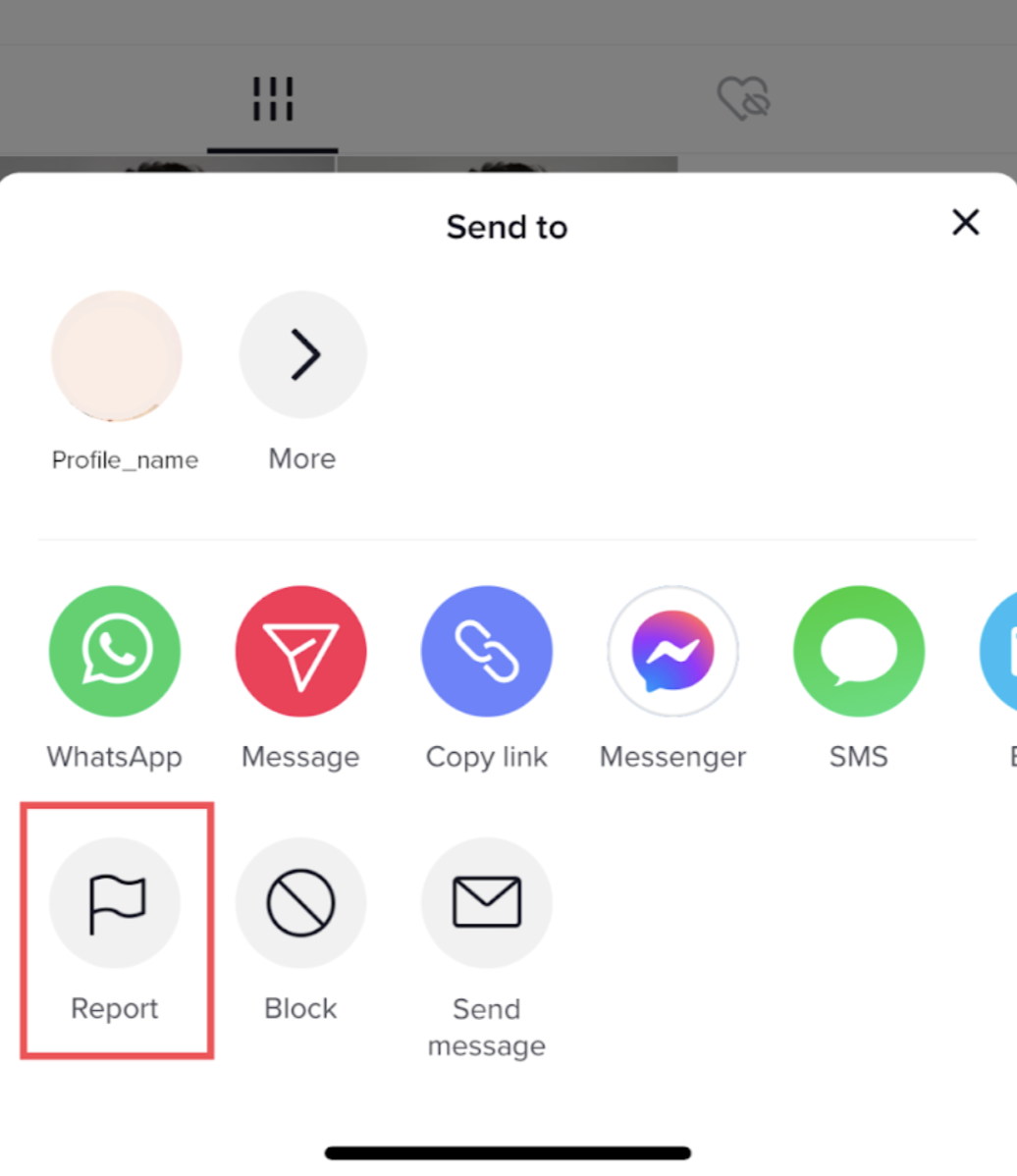5 Ways to Protect Your Teen on TikTok
Navigating social media can be challenging for teens and their parents, which is why we’ve teamed up with TikTok to show you these 5 essential tips to help you protect your teen and ensure a safe online experience.
1. Use the “Family Pairing” feature
Did you know that there’s a “Family Pairing” option? This feature allows parents to link their own TikTok account to their teens’ to enable a variety of content, privacy, and well-being settings.
With this feature on, parents will be able to make sure that their account is set to private, as well as monitor comments, direct messages, search, and daily screen time. Parents can also enable Restricted Mode, which filters out mature content.
2. Benefit from the “Privacy by Default” option
Ensure that your child’s account accurately reflects their actual age so that you could benefit from this option. Accounts between the ages of 13 and 15 are set to Private by Default. Only accounts approved as followers can view and engage with your teens’ content. Here are some other key things you should also know:
– When publishing their first video, users aged 13 to 15 are prompted to think about who can view their content
– Accounts for 13 to 15-year-olds cannot send or receive direct messages
– For 16 and 17-year-olds, direct messaging is set to “No One” by default
– Video downloads, Duets, and Stitch are only available for users aged 16 and above
– Live streaming is restricted to users 18 and older
Check out the Guardians Guide for more info.
3. Set the account to private
When an account is set to private, they have a lot of freedom when it comes to:
– Who follow them
– Who can watch their videos, interact with their live videos, see their bio and likes
– Who can see their followers and following lists

Users with private accounts don’t allow Duets, Stitch or Video Downloads.
Check out the Account Privacy Settings for more info.
4. Report any potential bullying and/or harassment
If your teen is experiencing any bullying or harassment on their account, submit a report. TikTok has both automated and human moderators that work to detect and take action against their community guidelines (which are listed in the next point).

Though the platform is proactive in removing the majority of violations before it’s reported, users are encouraged to play an active role in keeping TikTok a safe and welcoming place by reporting content they feel inappropriate. In case a user decides to report certain content, their identity will not be disclosed to the user whose content or account is being reported.
Check out the Reporting Feature for more info.
5. Read up on the platform’s Community Guidelines
TikTok’s Community Guidelines provide a framework of rules and expectations that promote a safe and inclusive space for everyone. These guidelines specify what behaviors are acceptable and what are prohibited on the platform:
Dangerous individuals and organizations: TikTok does not allow dangerous individuals or organizations to use the platform to promote terrorism, crime, or other types of behavior that could cause harm.
Illegal activities and regulated goods: TikTok prohibits the trade, sale, promotion, and use of certain regulated goods, as well as the depiction or promotion of criminal activities.
Violent and graphic content: TikTok does not allow content that is excessively gruesome or shocking, especially that promotes or glorifies abject violence or suffering.
Suicide, self-harm, and dangerous acts: TikTok does not promote participation in activities that could lead to harm. TikTok also does not permit users to encourage others to take part in dangerous activities.
Hate speech: TikTok does not tolerate content that attacks or incites violence against an individual or a group of individuals on the basis of protected attributes. The platform does not allow content that includes hate speech, and removes it from our platform.
Harassment and bullying: TikTok does not tolerate abusive content or behavior on the platform.
Adult nudity and sexual activities: TikTok does not allow sexually explicit or gratifying content on TikTok.
Minor safety: Users must meet minimum age requirements to use TikTok as per the platform’s Terms of Services. TikTok does not allow content that depicts or disseminates child abuse, child nudity, or sexual exploitation of children in both digital and real-world format, and the platform reports such content to relevant legal authorities
Integrity and authenticity: TikTok does not allow content that is intended to deceive or mislead any of its community members. This includes activities such as spamming, impersonation, and disinformation campaigns.
Check out the Community Guidelines for more info.
You can also check the Safety Center for a more detailed overview.




